So, why is my webcam light on? Have I been hacked? Could someone be watching me? In this post, you’ll learn why your webcam light may turn on and how you can disable it to keep your device secure.
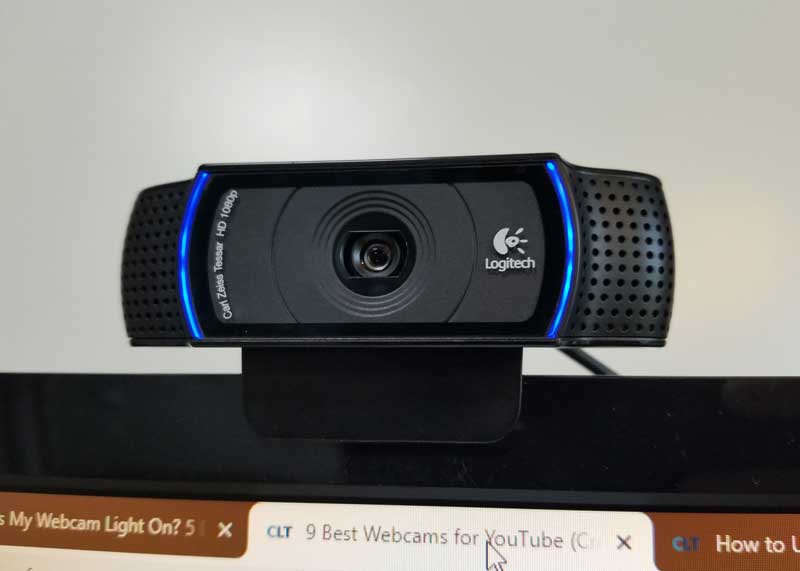
Why is My Webcam Light On? 2 Reasons
There are a couple of reasons why you may find your webcam light on:
- Some apps and tools can automatically turn your webcam on when you open them; this includes several videoconferencing applications.
- You could be a victim of camfecting via malware or hacking. This occurs when hackers gain control of webcams, or uninvited guests find their way into virtual meetings.
And while the visible light indicates that your webcam is in use, some malware can disable the indicator light and still capture video.
For this reason, it’s best to consider a powered webcam as a live feed.
6 Ways to Disable Your Webcam
If you are concerned about your privacy (who isn’t, right?) then this post will help. There are many ways to stop hackers and creeps from accessing your video feed. And don’t worry; these steps are simple and only take one minute each (or less).
These methods give varying levels of control and security. You might find that a few of these used together will be the best option.
1. Unplug Your Webcam
If you have an external webcam, unplug it.
This type of webcam needs to be connected by USB to be powered and transmit data. You can simply unplug it to disable it from capturing video and audio.
An external webcam that many of our readers use is the Logitech C922x.
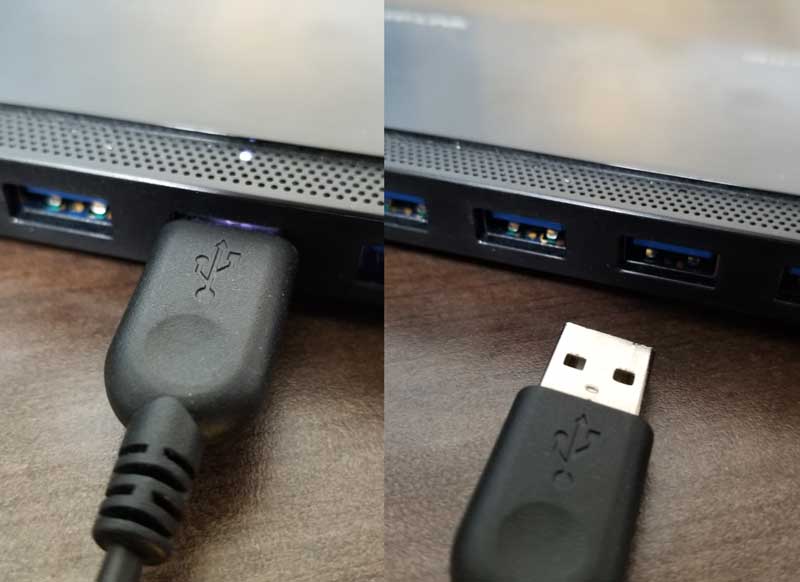
Read more about the best webcams for YouTube.
2. Disable Your Webcam via Device Manager
The next easiest way to disable your webcam and mic is with Device Manager.
Here’s how to disable your webcam with Device Manager.
- Right-click on Start button (Windows logo in the bottom left of the screen).
- Select Device Manager
- Locate Imaging devices and right-click on your camera. Select Disable device and click Yes. To reverse this, follow the same steps and then select Enable.
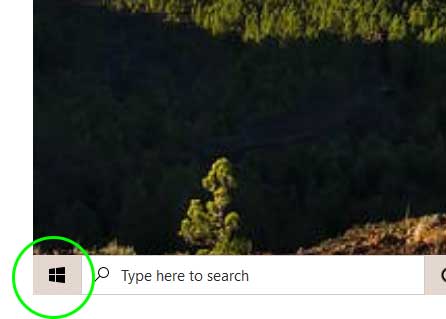
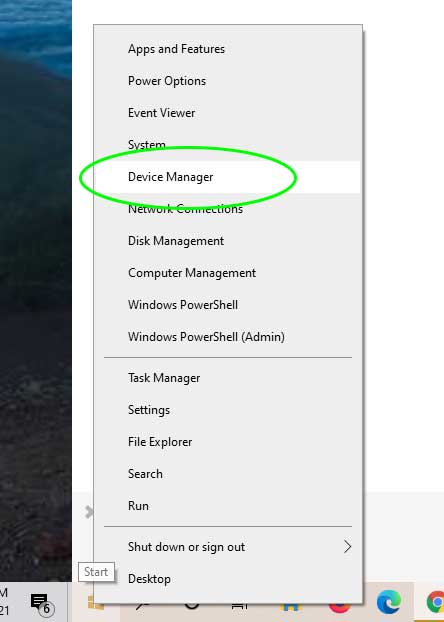
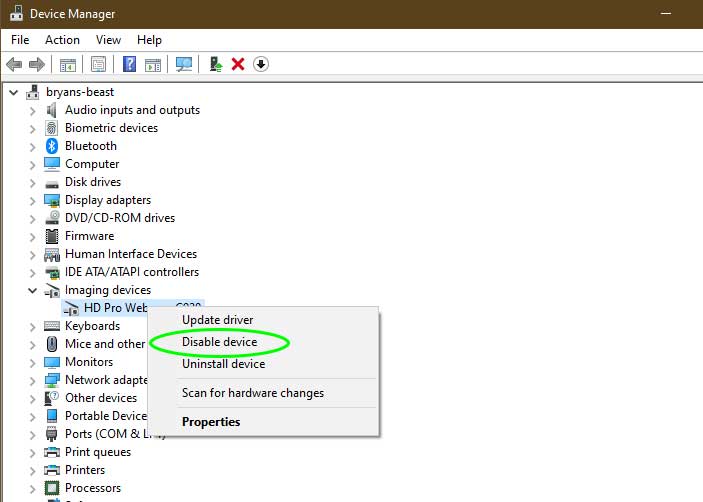
Disable your Mic: To disable your microphone in Device Manager, navigate to Audio Inputs and Outputs. Right-click on your microphone and select Disable.
While this is fast, it is possible that some malware can turn your device back on. But this is a good first layer of protection.
3. Disable Your Integrated Webcam in the BIOS
By controlling the webcam function from the BIOS, you can prevent it from loading when you start your computer.
The procedure for accessing the BIOS system will vary by computer, but generally, you will press a preset key as chosen by the manufacturer.
Here is how you can access BIOS on your computer:
- Select the preset key immediately at start-up. This could be an F-key or DEL key. Consult your computer’s user manual to determine which key needs to be selected. If your computer progresses through the initial start-up menu too quickly, you should still be able to access BIOS through an advanced start menu.
- Once you have accessed the BIOS menu, you should be able to scroll through a menu listing all the hardware in your computer system. The webcam may be denoted simply as “webcam,” “integrated camera,” “CMOS camera,” or something similar with the word “cam,” or “camera” in it.
- When you click on the name of the webcam, you will be given an option to either “enable/disable” or “lock/unlock.”
Depending on your setup, you might not have this level of control from the manufacturer. If you cannot locate the BIOS section of your computer, your best bet will be to consult your system’s manufacturer for guidance on how to access this feature.
4. Get a Camera Covering
A simple camera cover might be the right option for you.
You can cover the webcam with a piece of tape to disable it. This can be inconvenient when you need to use your webcam. The tape may also leave a sticky residue on the surface of your webcam lens.
A low-tack tape like painters masking tape would be a good option. You’ll want to avoid packing tape, double-sided foam tape, and any permanent tape.
A more versatile option is a plastic covering. You can simply slide the cover over when you use your webcam. This cover also protects your webcam from getting accidentally scratched or otherwise damaged.
Popular webcam covers include Trobing and Targus Spy Guard webcam covers. Or, for a low-profile option, you could use these vinyl webcam stickers by BLOCKED.
Of course, if you have an external webcam, you could just turn it away to face the wall.
If you choose to cover your webcam, you’ll be in good company. Mark Zuckerburg and James Comey (past FBI Director) both cover their lenses with tape.
Note: A physical lens cover won’t stop your mic from capturing audio.
5. Alter the Settings of Third-Party Apps
When you see your webcam is enabled, third-party apps are often to blame.
To determine which program can access your camera and mic, you can use Process Explorer by Microsoft. It’s a free download that works with Windows. Once you run the software, you can confirm which permissions have been given to your camera and microphone.
Once you determine which app can access your webcam, you can adjust the settings within the application to disable some/all webcam features.
For example, you can manage your Microsoft Teams camera settings by clicking your profile picture at the top of teams and selecting the camera you want to use. When you are in the middle of a video meeting, you can disable the webcam by clicking the camera icon at the bottom bar that shows up during the session.
Regardless of which app you use, you can disable the webcam in the program’s settings. If you feel that any of these applications compromise your security, you should uninstall them.
6. Install Anti-Virus Software
Schools often require students to install updated anti-virus software on their devices. And while many of us are working remotely, the least we can do is make ourselves less susceptible to security threats.
Popular anti-virus software packages include Norton 360 Deluxe. This is my favorite, and we’ve used this in our company for the past 5 years. We have it on all desktop, laptop, and mobile devices. There are other options – any good antivirus tool is better than nothing.
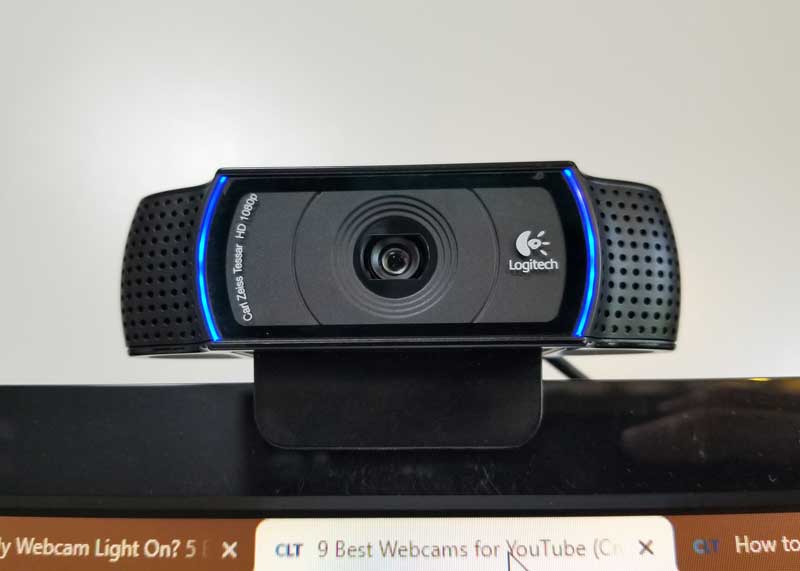
Keeping Safe Online
Webcam security is a valid concern. Because of the spike in virtual classes and meetings, webcams have become the target of hacking activities.
You can disable your webcam or prevent others from viewing footage by doing one of the following:
- Unplugging a webcam device
- Disabling a webcam in Device Manger
- Disabling a webcam in the BIOS menu
- Covering the webcam
- Altering the settings in third-party apps
- Installing anti-virus software
How did it go for you? Have a tip to share? Let me know in the comments!
- About the Author
- Latest Posts
Hey, I’m Bryan! I’m a content creator and co-founder of Storyteller Tech.
Experienced GoPro Videographer: I’ve been shooting with GoPro cameras for over 11 years. My first GoPro was the Hero3 Silver, bought for a Galapagos work trip in 2012. Today I own 20+ action cameras, including GoPro, DJI, and Insta360 cameras.
Professional Creator: Dena and I have developed video and content marketing plans for numerous international travel brands. And we also run several content businesses.
Bryan also creates at Storyteller.Travel and is co-founder of Storyteller Media, a Canadian-based publishing company.

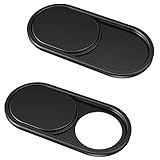
Aleshia George
Saturday 29th of January 2022
I have done all of these things and my light is still on??? Any help?
Bryan Haines
Monday 31st of January 2022
If you have an external camera, unplugging the USB cable will turn the cable off. They don't have internal batteries and it will disable the camera. If your camera is built-in, and you've tried the other methods on the post, you should cover the lens and schedule a visit to a computer repair shop. You're having a non-typical computer issue.